Improve your general knowledge, know about your country's history. Get the complete President of India list from 1947 to 2023. Gain knowledge to help you crack competitive exams in India.
Table of Contents
All of us might be knowing who our Prime Minister is i.e. Narendra Modi, but do we know who our President is? No, most of us do not know the answer to this question as we pay less attention to detail. But actually, a President's role is no less important than that of a Prime Minister, so it is very important to know about the President's role as well. So in this article, we will deal with all of the presidents who have served our country ever since India's independence. In this list we have mentioned the tenure as well for each President of India, clearly stating till when they were at the office and took responsibility.
List of Indian Presidents (1947 to 2023)
Given below is the list of all Indian Presidents:
| S.No | President Name | Tenure |
| 1 | Rajendra Prasad | 1950-1962 |
| 2 | Sarvepalli Radhakrishnan | 1962-1967 |
| 3 | Zakir Husain | 1967-1969 |
| 4 | Varahagiri Venkata Giri | 1969-1974 |
| 5 | Fakhruddin Ali Ahmed | 1974-1977 |
| 6 | Neelam Sanjiva Reddy | 1977-1982 |
| 7 | Zail Singh | 1982-1987 |
| 8 | Ramaswamy Venkataraman | 1987-1992 |
| 9 | Shankar Dayal Sharma | 1992-1997 |
| 10 | Kocheril Raman Narayanan | 1997-2002 |
| 11 | Avul Pakir Jainulabdeen Abdul Kalam | 2002-2007 |
| 12 | Pratibha Patil | 2007-2012 |
| 13 | Pranab Mukherjee | 2012-2017 |
| 14 | Ram Nath Kovind | 2017-2022 |
| 15 | Droupadi Murmu | 2022- Present |
There are two other notable mentions in this list who served as acting Presidents:
1. Rajendra Prasad – 26th January 1950 to 12th May 1962
Most of us must be knowing this person as an answer to a general knowledge question in primary school. Rajendra Prasad was the primary President of India, in office from 1950 to 1962. He was an Indian political pioneer, and legal counselor via preparing, Prasad joined the Indian National Congress amid the Indian Independence Movement and turned into a noteworthy pioneer from the area of Bihar. He is the 1st President of India after our country's independence.
Achievements: Pioneer from Bihar and the 1st President of India.
2. Sarvepalli Radhakrishnan – 13th May 1962 to 13th May 1967
Sarvepalli Radhakrishnan (5 September 1888 – 17 April 1975) was an Indian scholar and statesman who filled in as the principal Vice President of India (1952– 1962) and the second President of India (1962-1967)
Radhakrishnan was granted a few high honors amid his life, incorporating a knighthood in 1931, the Bharat Ratna, the most elevated regular citizen grant in India, in 1954, and privileged participation of the British Royal Order of Merit in 1963. He was additionally one of the authors of HelpAge India, a non-benefit association for the old underprivileged in India. Radhakrishnan trusted that "educators ought to be the best personalities in the nation". Since 1962, his birthday has been praised in India as Teachers' Day on the fifth of September. He is well renowned for being the 2nd President of India.
Achievements: He got a knighthood in 1931 and the Bharat Ratna in 1954. Also privileged participation of the British Royal Order of Merit in 1963.
3. Zakir Husain – 13th May 1967 to 3rd May 1969
Zakir Husain Khan was the third President of India, from 13 May 1967 until his passing on 3 May 1969. He recently filled in as Governor of Bihar from 1957 to 1962 and as Vice President of India from 1962 to 1967. He was likewise the prime supporter of Jamia Milia Islamia, filling in as its Vice-Chancellor from 1928. He is the 3rd President of India. Husain responded to the nationalist leader Mahatma Gandhi’s appeal to Indian youth to shun state-supported institutions; he helped found the Muslim National University in Aligarh. He was one among the list of Indian presidents.
Achievements: Vice President of India from 1962 to 1967 and was one of the key participants in Jamia Milia Islamia.
4. Varahagiri Venkata Giri – 3rd May 1969 to 20th July 1974
As president, Giri was the main individual to be chosen as a free candidate. He was prevailing by Fakhruddin Ali Ahmed as president in 1974. After the finish of his full term, Giri was respected by the Government of India with the Bharat Ratna in 1975. Giri kicked the bucket on 24 June 1980. His extraordinary grandson V. Giri Shankar is an Advocate of the Madras High Court, Chennai. He is the 4th President of India.
Achievements: Giri was respected by the Government of India with the Bharat Ratna in 1975.
5. Fakhruddin Ali Ahmed – 24th August 1974 to 11th February 1977
Fakhruddin Ali Ahmed (13 May 1905 – 11 February 1977) was the fifth President of India from 1974 to 1977 and also the 2nd President of India to die in office. He is most known for being the 5th President of India. The son of an army doctor from Assam, Ahmed was educated in India and studied history at the University of Cambridge, graduating in 1927. After returning to India, he was elected to the Assam legislature in 1935. As Assam’s minister of finance and revenue in 1938, he was responsible for some radical taxation measures.
Achievements: He was elected to the Assam legislature in 1935 and made major tax changes.
6. Mohammad Hidayatullah – 20th July 1969 to 24th August 1969
Mohammad Hidayatullah (17 December 1905 – 18 September 1992) was the eleventh Chief Justice of India serving from 25 February 1968 to 16 December 1970, and the 6th Vice President of India, serving from 31 August 1979 to 30 August 1984. He had likewise filled in as the Acting President of India from 20 July 1969 to 24 August 1969 and from 6 October 1982 to 31 October 1982. He is viewed as a famous law specialist, researcher, educationist, creator, and language specialist. He was one among the list of Indian presidents. His sibling, Mohammed Ikramullah, was an unmistakable Pakistani ambassador, whose spouse, Shaista Suhrawardy Ikramullah, was a niece of Huseyn Shaheed Suhrawardy, at some point, Prime Minister of unified Pakistan and herself an individual from the main Pakistani Constituent get together.
Achievements: A famous law specialist, researcher, educationist, creator, and language specialist.
7. Basappa Danappa Jatti – 11th February 1977 to 25th July 1977
He was the fifth Vice President of India, serving from 1974 to 1979. He was Acting President of India from 11 February to 25 July 1977. The calm Jatti ascended from a modest start as a Municipality part to India's second-most astounding office amid a five-decade-since a long time ago checkered political profession.
Achievements: 5th Vice president of our country from 1974 to 1979.
8. Neelam Sanjiva Reddy – 25th July 1977 to 25th July 1982
He was the 6th President of India, serving from 1977 to 1982. Starting along with political vocation with the Indian National Congress Party in the Indian freedom development, he proceeded to hold a few key workplaces in autonomous India—as the main Chief Minister of Andhra Pradesh, a two-time Speaker of the Lok Sabha, and a Union Minister—before turning into the most youthful ever Indian president.
Conceived in the present-day Anantapur area, Andhra Pradesh, Reddy finished his tutoring at Adayar and joined the Government Arts College at Anantapur. He quit to turn into an Indian freedom dissident and was imprisoned for taking an interest in the Quit India Movement. He was chosen to the Madras Legislative Assembly in 1946 as a Congress party agent. Reddy turned into the vice president priest of Andhra State in 1953 and the primary Chief Minister of Andhra Pradesh in 1956. He was one among the list of Indian presidents. He later resigned from dynamic legislative issues however returned in 1975, reacting to Jayaprakash Narayan's call for "Absolute Revolution" against the Indira Gandhi Government. He is the 6th President of India.
Achievements: He was an association bureau serving under Prime Ministers Lal Bahadur Shastri and Indira Gandhi from 1964 to 1967 and Lok Sabha Speaker from 1967 to 1969.
9. Zail Singh – 25th July 1982 to 25th July 1987
In 1982 he was unanimously nominated to serve as the President. Nonetheless, some in the media felt that the President had been chosen for being an Indira loyalist rather than an eminent person. "If my leader had said I should pick up a broom and be a sweeper, I would have done that. She chose me to be President," Singh was quoted to have said after his election. He took the oath of office on 25 July 1982. He was the first Sikh to hold the office. He is the 7th President of India.
Achievements: He was the first Sikh to hold the office and he was the first person to be unanimously elected.
10. Ramaswamy Venkataraman – 25th July 1987 to 25th July 1992
Ramaswamy Venkataraman 4 December 1910 – 27 January 2009) was an Indian legal counselor, Indian autonomy lobbyist, and legislator who filled in as a Union Minister and as the eighth President of India. He is the 8th President of India. Venkataraman studied law at the University of Madras and he began legal practice in 1935. He became involved in India’s independence struggle and was consequently jailed by the British (1942–44). After his release, he continued to practice law and helped draft India’s constitution, which was adopted in 1950. Venkataraman was elected to independent India’s Provisional Parliament in 1950 as a member of the Indian National Congress party.
Achievements: Venkataraman was elected to independent India’s Provisional Parliament in 1950 as a member of the Indian National Congress party.
11. Shankar Dayal Sharma – 25th July 1992 to 25th July 1997
Shankar Dayal Sharma (19 August 1918 – 26 December 1999) was the ninth President of India, serving from 1992 to 1997. Preceding his administration, Sharma had been the eighth Vice President of India, serving under R. Venkataraman. He was additionally the Chief Minister (1952– 1956) of Bhopal and Cabinet Minister (1956– 1967), holding the arrangement of Education, Law, Public Works, Industry and Commerce, National Resources, and Separate Revenue. He was the President of the Indian National Congress in 1972– 1974 and came back to the Government as Union Minister for Communications from 1974 to 1977.
Sharma was conceived in Bhopal, at that point the capital of the august province of Bhopal. He was the 9th President of India.
Achievements: The International Bar Association gave Sharma the 'Living Legends of Law Award of Recognition for his remarkable commitment to the legitimate calling globally and for responding to the standard of law. He was one of the lists of Indian presidents.
12. Kocheril Raman Narayanan – 25th July 1997 to 25th July 2002
Kocheril Raman Narayanan (27 October 1920 – 9 November 2005) was the tenth President of India and ninth Vice President of India
Conceived in Perumthanam, Uzhavoor town, in the royal province of Travancore (present-day Kottayam region, Kerala), and after a concise spell with news coverage and afterward concentrating political theory at the London School of Economics with the help of a grant, Narayanan started his vocation in India as an individual from the Indian Foreign Service in the Nehru organization. He filled in as representative to Japan, the United Kingdom, Thailand, Turkey, People's Republic of China, and the United States of America and was alluded to by Nehru as "the best negotiator of the country".He entered legislative issues at Indira Gandhi's solicitation and won three progressive general decisions to the Lok Sabha and filled in as a Minister of State in the Union Cabinet under previous Prime Minister Rajiv Gandhi. Chosen as the ninth Vice President in 1992, Narayanan proceeded to progress toward becoming President in 1997. He was one of the lists of Indian presidents. He was the principal individual from the Dalit people group to hold the post. He was the 10th President of India.
Achievements: He filled in as representative to Japan, the United Kingdom, Thailand, Turkey, People's Republic of China, and the United States of America and was alluded to by Nehru as "the best negotiator of the country".
13. Avul Pakir Jainulabdeen Abdul Kalam – 25th July 2002 to 25th July 2007
He was an aviation researcher who filled in as the eleventh President of India from 2002 to 2007. He was brought up in Rameswaram, Tamil Nadu and examined material science and aeronautic design. He went through the following four decades as a researcher and science director, chiefly at the Defense Research and Development Organization (DRDO) and Indian Space Research Organization (ISRO) and was personally associated with India's regular citizen space program and military rocket improvement endeavors. He in this way came to be known as the Missile Man of India for his work on the improvement of ballistic rocket and dispatch vehicle innovation. He additionally played an essential authoritative, specialized, and political job in India's Pokhran-II atomic tests in 1998, the first since the first atomic test by India in 1974. He was the most famous of them all and was the 11th President of India.
Achievements: Missile Man of India for his work on the improvement of ballistic rocket and dispatch vehicle innovation.
14. Pratibha Patil – 25th July 2007 to 25th July 2012
Patil earned a master’s degree in political science and economics at Moolji Jaitha College, Jalgaon, and later received a law degree from Government Law College, Mumbai (Bombay). She joined the Indian National Congress (Congress Party) and entered politics in 1962 as a member of the Maharashtra legislative assembly. She is an Indian legislator who filled in as the twelfth President of India from 2007 to 2012. An individual from the Indian National Congress, Patil is the main lady to hold the office. She recently filled in as the Governor of Rajasthan from 2004 to 2007. She was the first woman who became the President of our country and she was the 12th President of India.
Achievements: She recently filled in as the Governor of Rajasthan from 2004 to 2007. First lady President of our country.
15. Pranab Mukherjee – 25th July 2012 to 25th July 2017
Pranab Mukherjee (born on 11 December 1935) is an Indian government official who filled in as the thirteenth President of India from 2012 until 2017. He is a Bharat Ratna awardee, granted in 2019 by President of India Shri Ram Nath Kovind. In a political profession spreading over five decades, Mukherjee has been a senior head in the Indian National Congress and has involved a few ecclesiastical portfolios in the Government of India. Prior to his race as President, Mukherjee was Union Finance Minister from 2009 to 2012. He was the 13th President of India. He was one of the list of Indian presidents.
Achievements: Awarded the Bharat Ratna in 2019.
16. Ram Nath Kovind – 25th July 2017 (Incumbent)
Slam Nath Kovind (born on 1 October 1945) is an Indian government official who filled in as the fourteenth President of India, in office from 2017 until 2022. Already he had filled in as the Governor of Bihar from 2015 to 2017 and was a Member of Parliament, Rajya Sabha from 1994 to 2006. Kovind was designated as a presidential competitor by the decision NDA alliance and won the 2017 presidential race.
Achievements: Prior to entering governmental issues, he was a legal advisor for a long time and rehearsed in the Delhi High Court and the Supreme Court until 1993. He is the current President of India for the year 2022 and he is officially the 14th President of India.
17. Droupadi Murmu- 16th July 2023 to Present
Droupadi Murmu (Born on 20 June 1958) is an Indian politician and former teacher, serving as the 15th President of India since 2022. She is the second women and first tribal women to become the President of India. She has also served as the 8th Givernor of Jharkahand from 2015 to 2021.
Achievements: She was honoured with the best MLA by the Odisha government in 2017. She was also honoured with the highest civilian honour of Suriname "Grand Order of the Chain of the Yellow Star" by the President of Suriname.
President of India
The President of India, also known as the First Citizen of India is the head of the state and the commander-in-chief of the Indian Armed forces. The position of President of India is mainly known to be a ceremonial one, the executive powers are majorly exercised by the Prime Minister of India, but the President of India has an integral role to play and has duties to keep up with, which are his key responsibilities towards the country and its people. We have the list of Indian presidents here.
Since Independence, India has had 15 Presidents in total. All elected by the Electoral College. India also has had 14 Prime Ministers. According to the Indian Constituency, a president can hold the office for a term of 5 years and s/he can stand for 2 terms. There have been two people who have acted as acting Presidents so technically there are 17 Presidents who have served our country.
History of India
Knowing the history of your country is of vital importance. You would have been taught about it in school, written various exams. But that is not where it ends, history is needed everywhere, be it for competitive exams such as CAT or government exams such as IBPS PO, SBI PO, or for job interviews. It is integral to understand the significance of history and the importance it bears on your present and the future generations to come, not only does it induce its significance in the arena of competitive exams but in the spheres of your life as well, as it bears an impact on the decisions the world tends to make and the events that fall into place on the whole. A list of Indian president names is very important.
India gained independence in the year 1947 as we all know we celebrate Independence day on this day. Up until then, India was ruled by the British. A popular myth surrounding the rule of the British in India is that they ruled over India for 200 years when in reality they took about 100 years to conquer India and ruled India for 100 years. Their rule ended on August 15th, 1947, India has since been an independent country. We have made our own constitution and we are one of the fastest-growing democracies as of now, growing towards development and freedom of speech and expression.

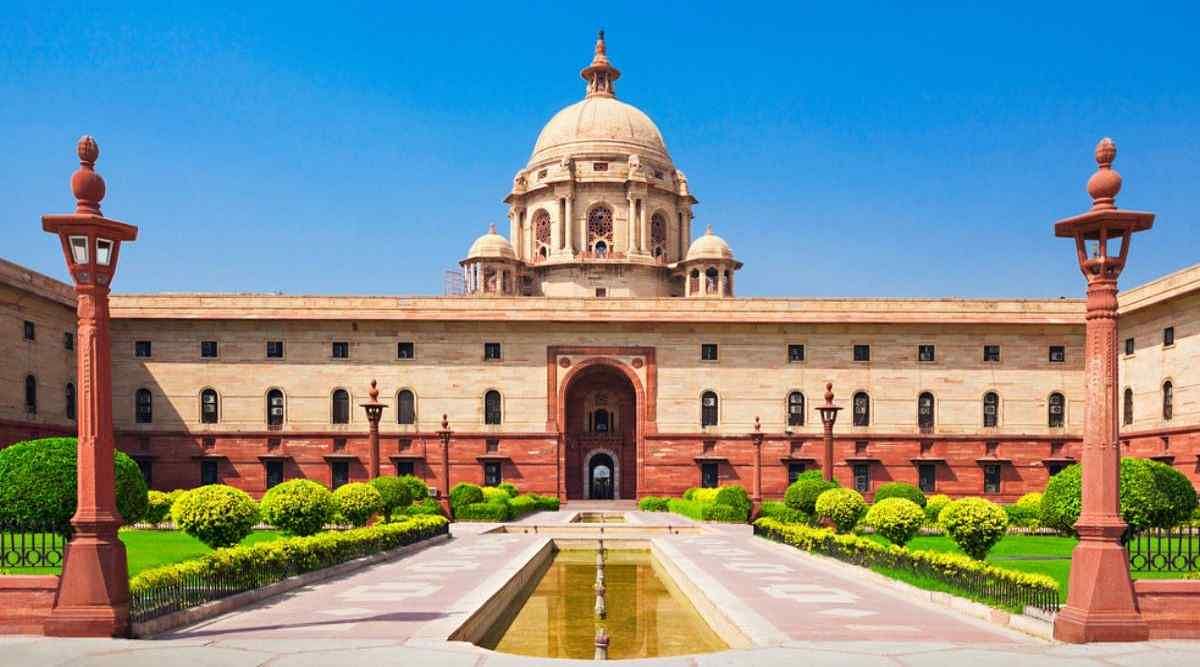

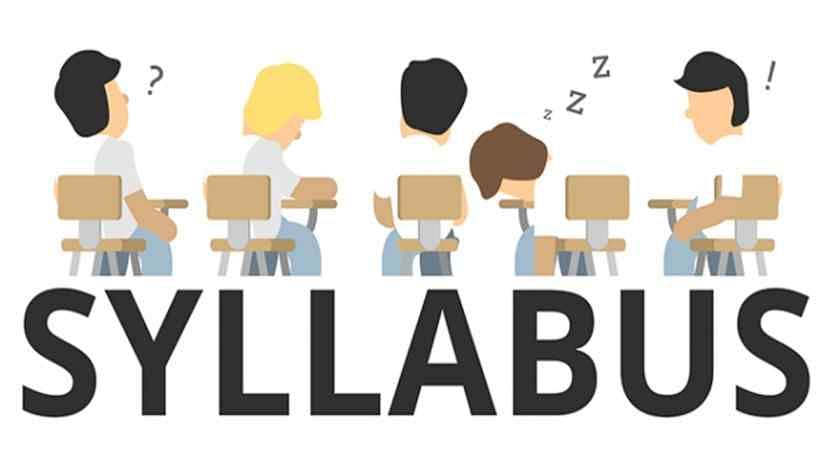
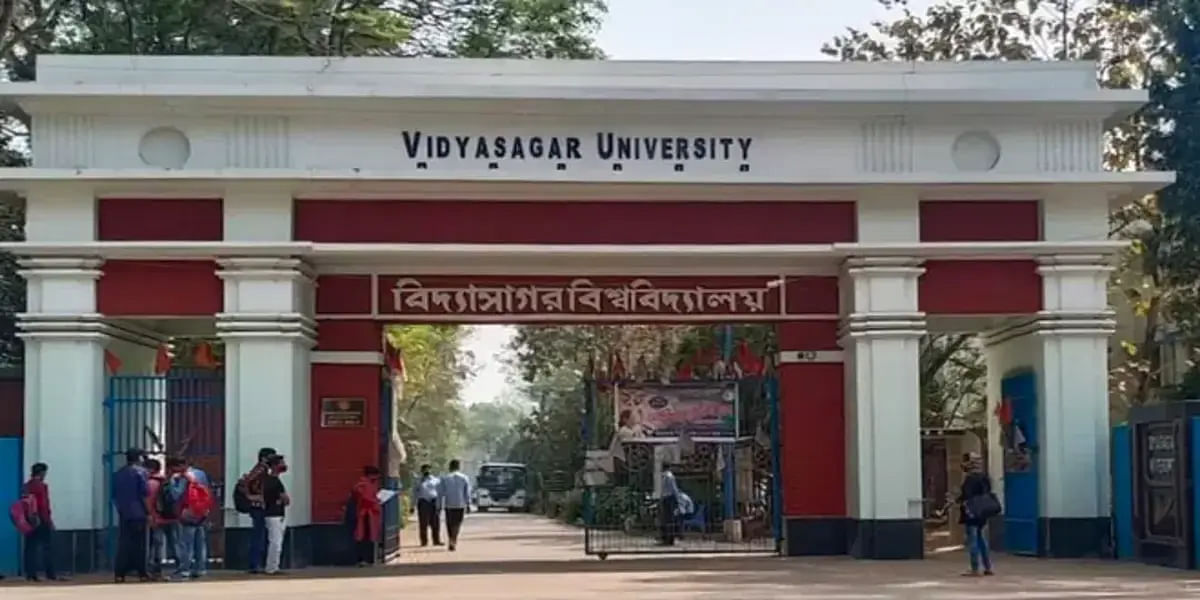
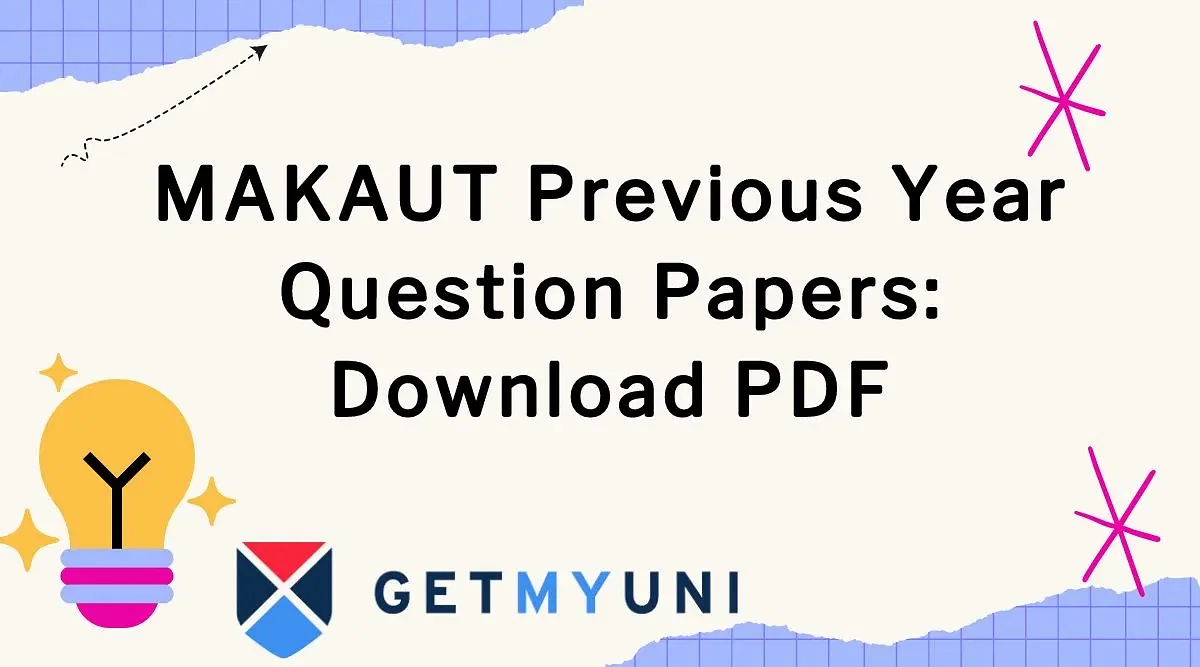
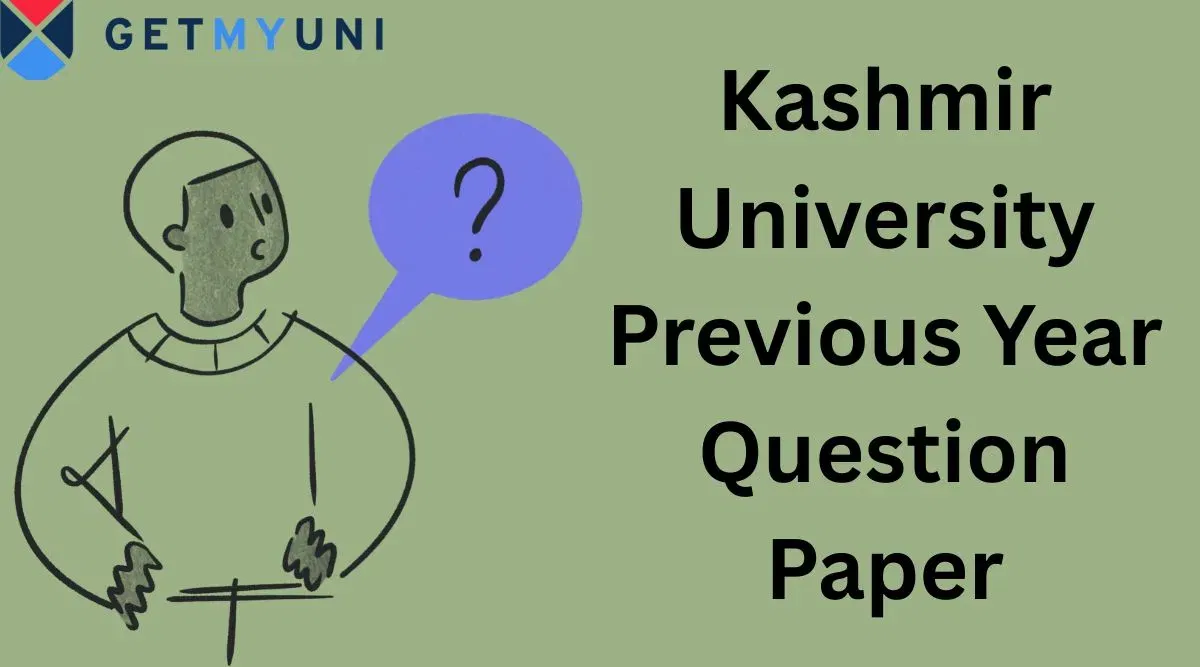
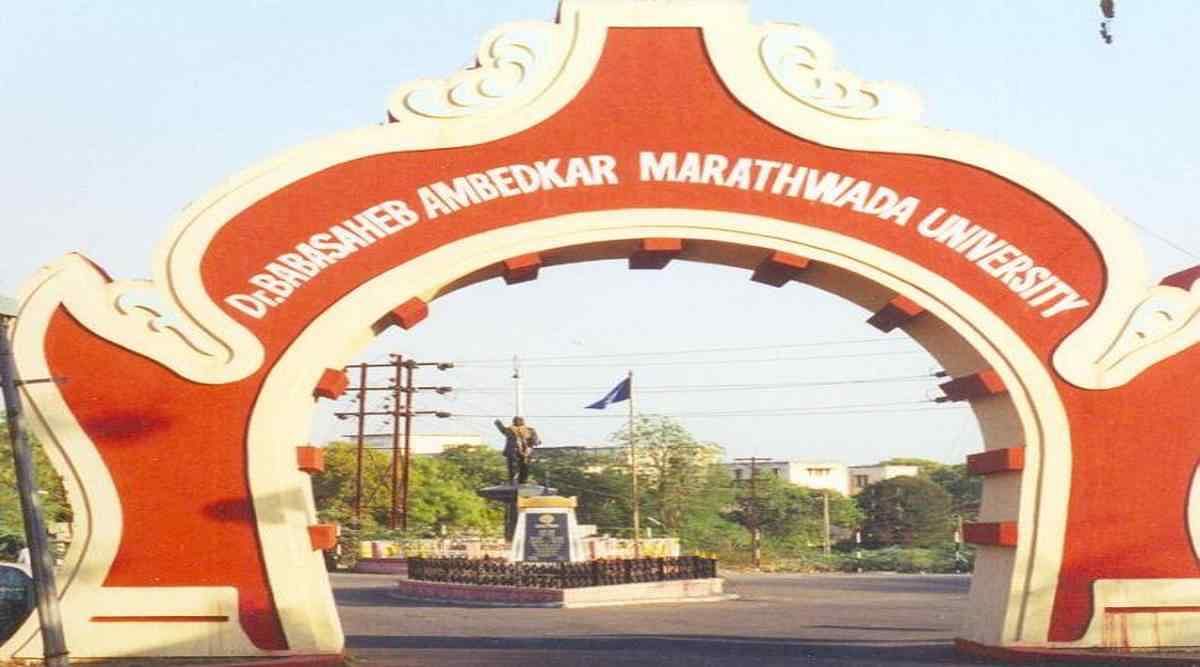
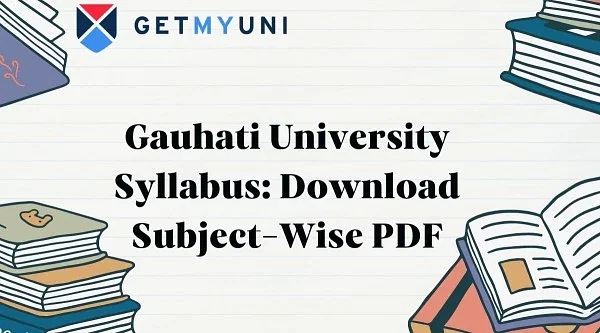
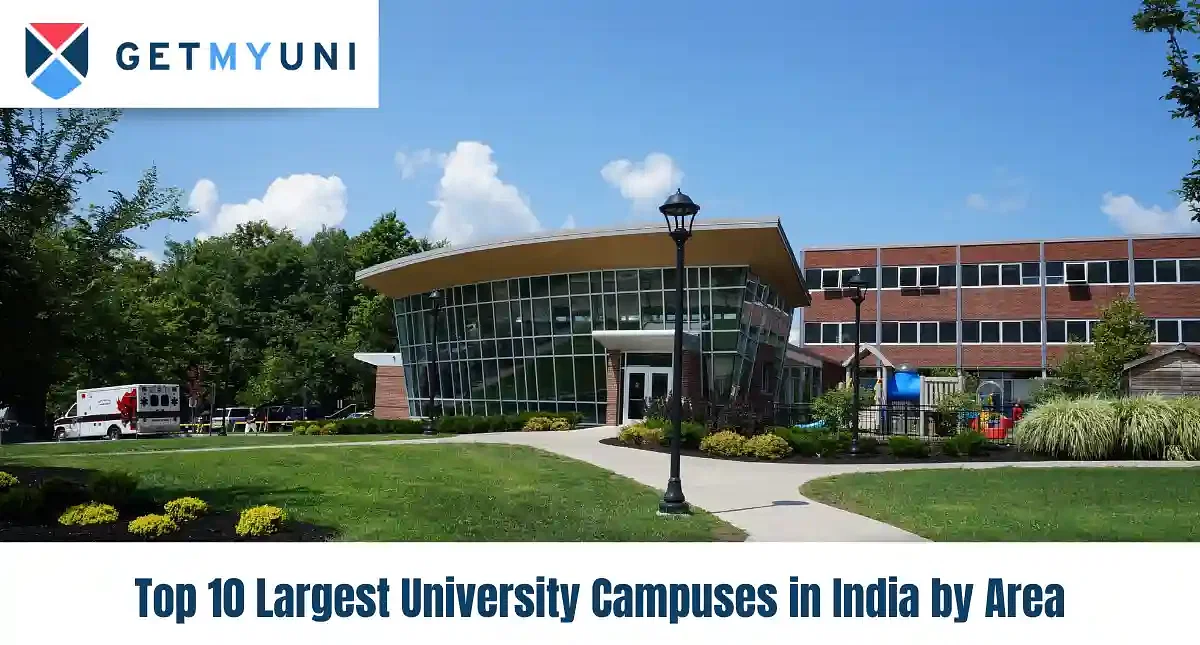

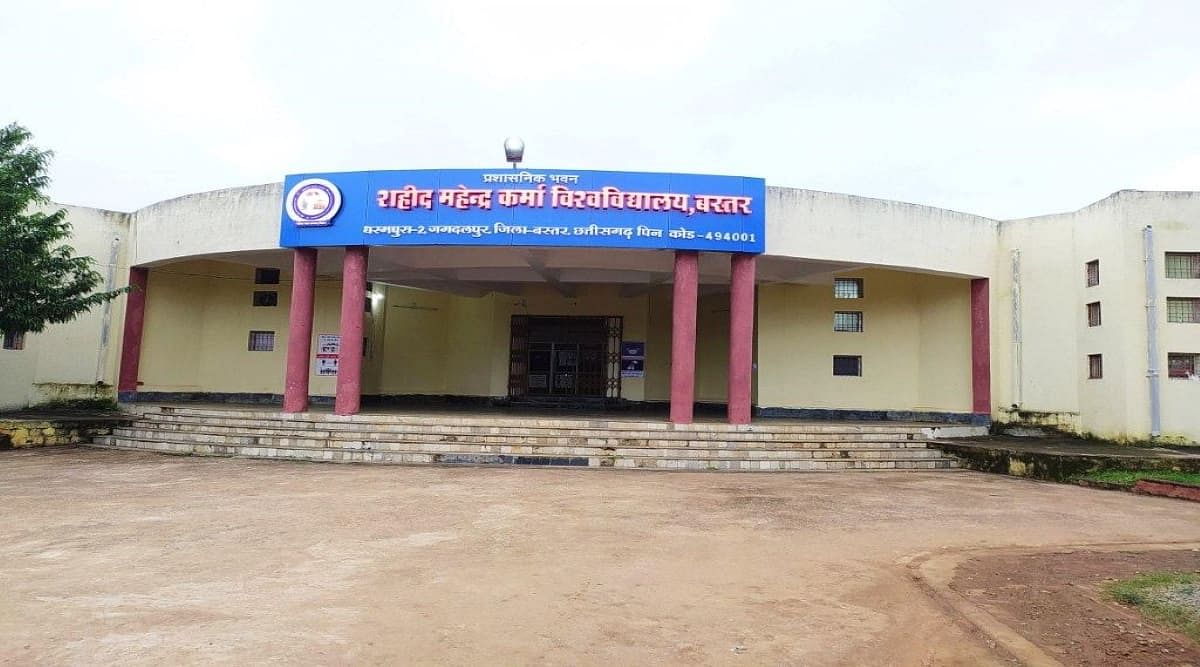


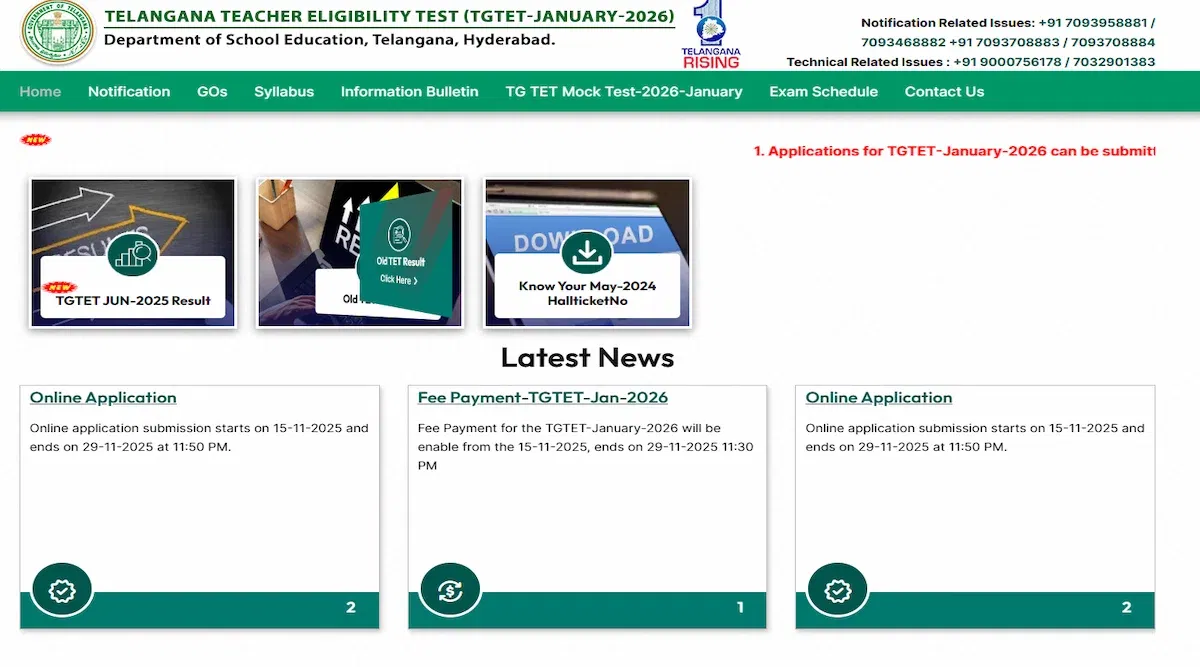

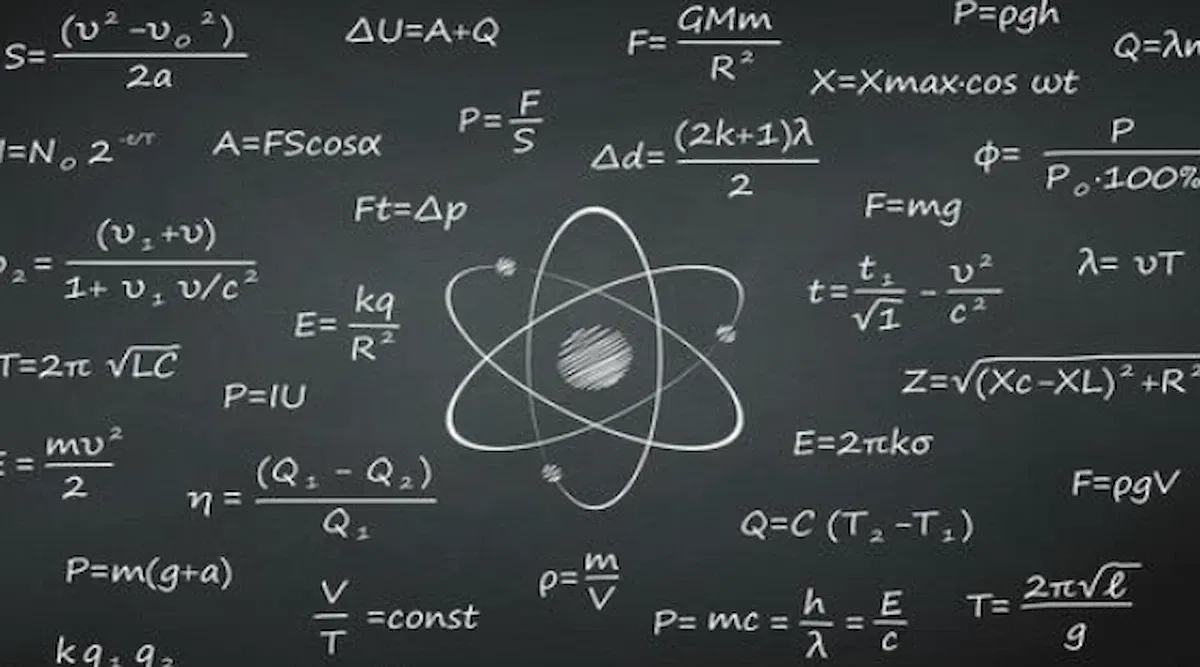
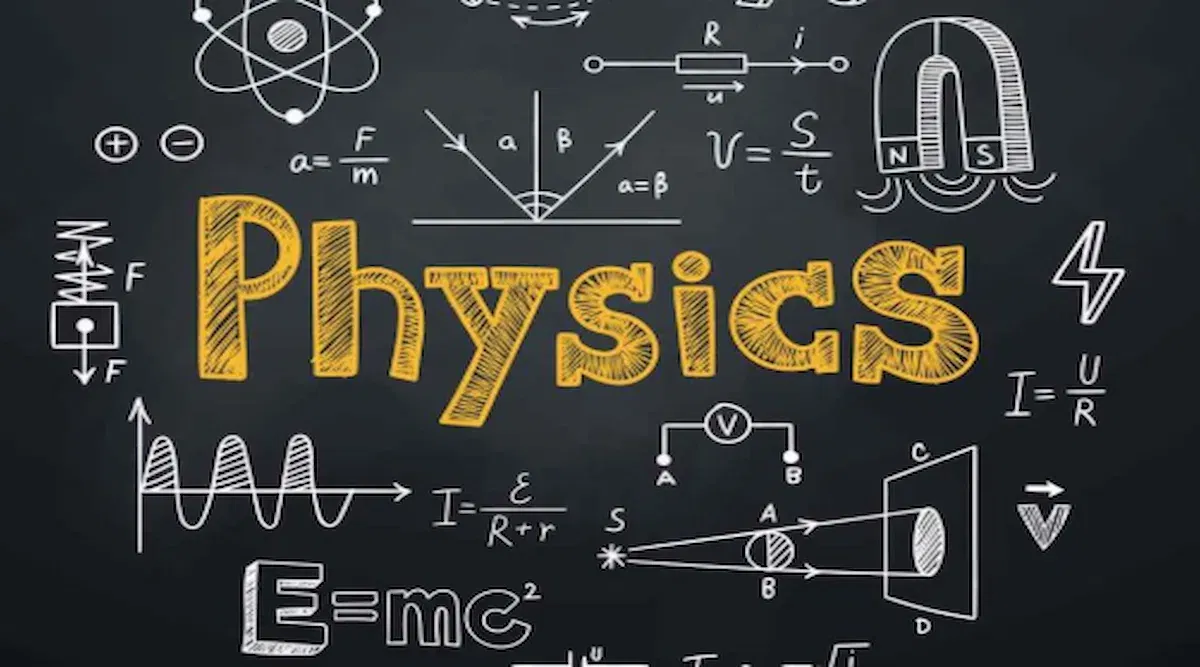

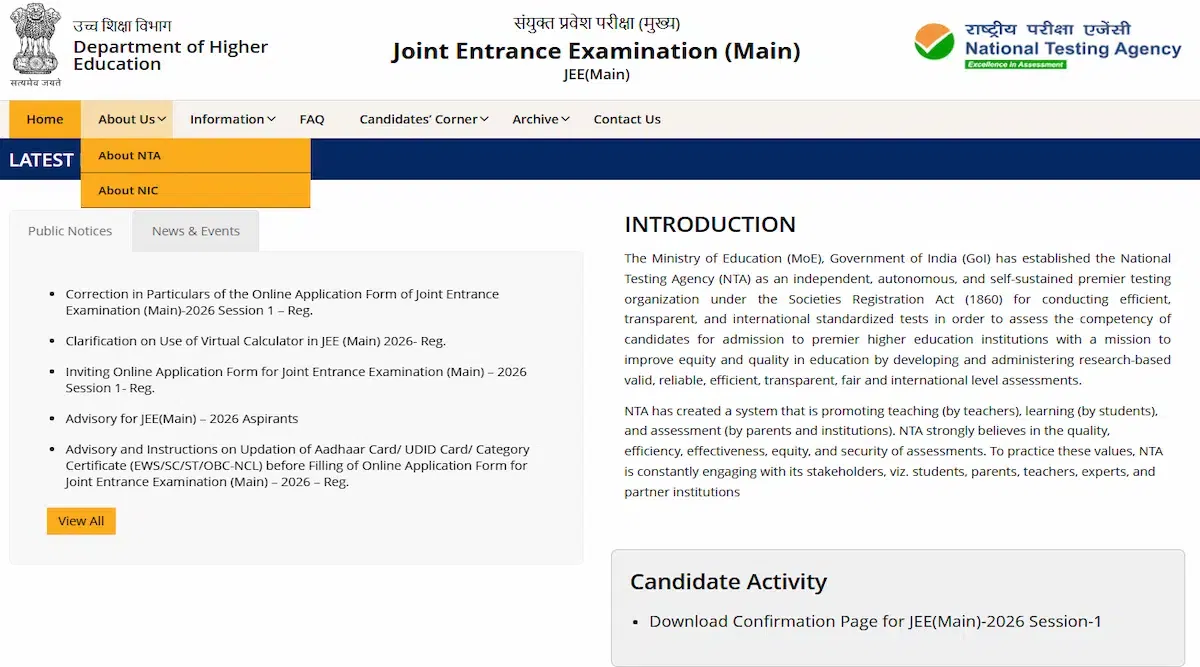
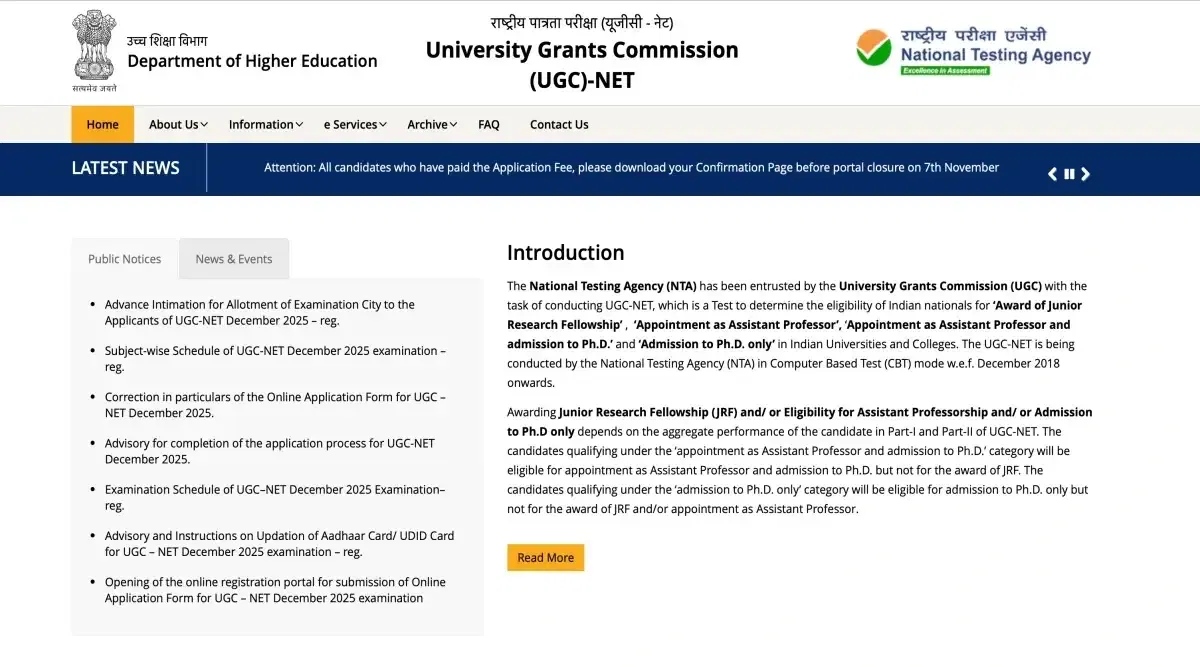


POST YOUR COMMENT